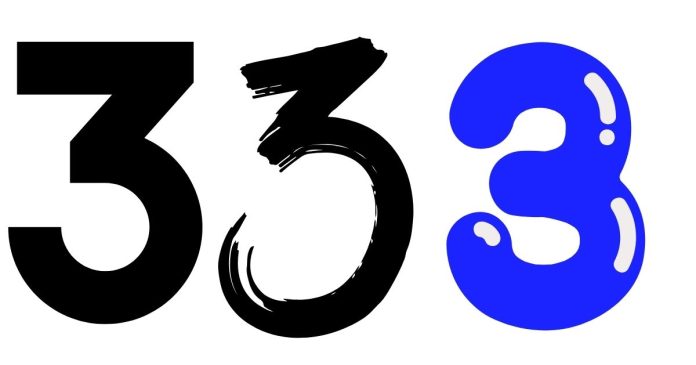A scale factor is a number used to enlarge or reduce a figure or object proportionally. When the scale factor is 3, it means every dimension of the original object or figure is multiplied by 3. For example, if the original length of an object is 5 units, scaling it by a factor of 3 results in a length of 5×3=155 \times 3 = 155×3=15 units. Similarly, all other dimensions like width or height will also be tripled.
This concept is widely used in geometry, map scaling, and design work. In geometry, for instance, a triangle scaled by a factor of 3 has sides three times the length of the original triangle while maintaining the same shape. This scaling preserves proportions, meaning the angles and overall form remain unchanged.
Scaling by 3 enlarges the object significantly, and in practical applications, it’s essential to account for increased area or volume. For example, when scaling a two-dimensional figure like a square, the area increases by the square of the scale factor—so with a factor of 3, the area becomes 32=93^2 = 932=9 times larger. In three-dimensional objects, the volume scales by 33=273^3 = 2733=27.
Understanding the scale factor helps in creating proportional models and designs efficiently.


